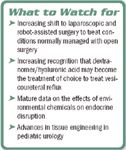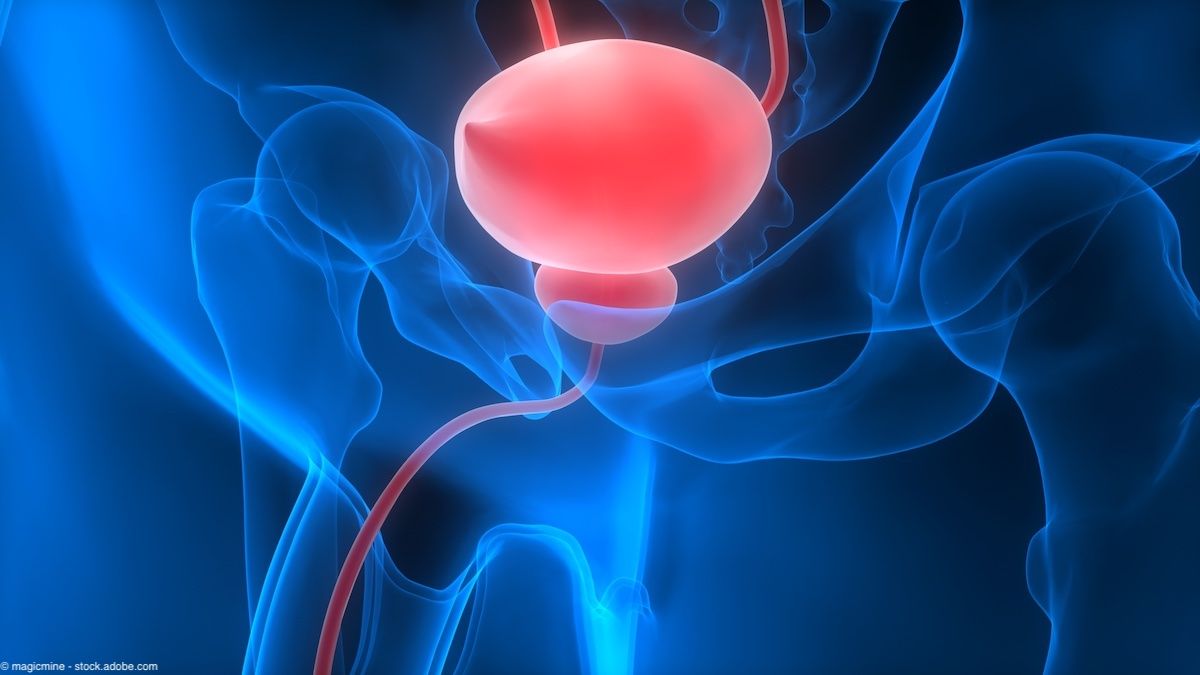Article
Minimally invasive surgery makes inroads in pediatrics
Pediatric urologists trained solely in traditional surgical methodswould be well advised to use their CME credits for courses inlaparoscopic and robotic surgery techniques. That, says Howard M.Snyder, III, MD, is inevitably the direction in which thesubspecialty is headed.
Pediatric urologists trained solely in traditional surgical methods would be well advised to use their CME credits for courses in laparoscopic and robotic surgery techniques. That, says Howard M. Snyder, III, MD, is inevitably the direction in which the subspecialty is headed.

The majority of such studies focus on the efficacy of minimally invasive approaches to diseases normally treated with open surgery. At this month's AUA annual meeting in Atlanta, researchers will report encouraging results on the use of laparoscopy to treat intra-abdominal testes and hernia and to perform heminephrectomy.

"In both cases, I think we'll see that the robots, while still expensive, work just as well as open surgery in children," Dr. Snyder said.
A growing body of evidence makes clear the benefits of dextranomer/hyaluronic acid copolymer (Dx/HA [Deflux]) for pediatric reflux disease.
One particular method for delivering Dx/HA, known as the hydrodistension implantation technique, has been particularly promising for endoscopic management of vesicoureteral reflux in children. Interestingly, says Dr. Snyder, Dx/HA may become the treatment of choice for many children with reflux, as so few patients who are prescribed antibiotics actually comply with the therapy (less than one quarter, according to one upcoming study).
Dx/HA also appears to yield positive results in patients who have failed ureteral reimplantation for persistent VUR following failed open surgery.
Dr. Snyder noted that reimplantation is best avoided in children with post-urethral valves because of the inordinately high complication rate, as many pediatric urologic surgeons now are recognizing.
From the lab
A variety of laboratory bench studies on the effects of endocrine-disrupting chemicals in the environment are nearing conclusion. The prevalence of hypospadias, for instance, has increased markedly in countries around the world over the past 30 years, a phenomenon that may well be attributed to such chemicals.
Other research is yielding results related to intriguing long-term outcomes, said Dr. Snyder. This includes investigations into the devastating effects of transverse myelitis in children and adult outcomes of pediatric anal-rectal malformation repair.
Meanwhile, tissue engineering continues to move toward fulfilling its immense potential in pediatric urology, though not fast enough for some.
"A lot of people are hoping that we're going to get more out of tissue engineering than we have to date," Dr. Snyder said. "It has great promise. We keep thinking the pot of gold is just around the corner, and many are looking at tissue engineering as the source of new solutions to old problems."
Canadian researchers are expected to present evidence at the AUA meeting that may save a significant number of adolescent boys from unnecessary varicocele surgery. When managed conservatively, the researchers found that these patients often experience "catch-up" testicular growth over time.





